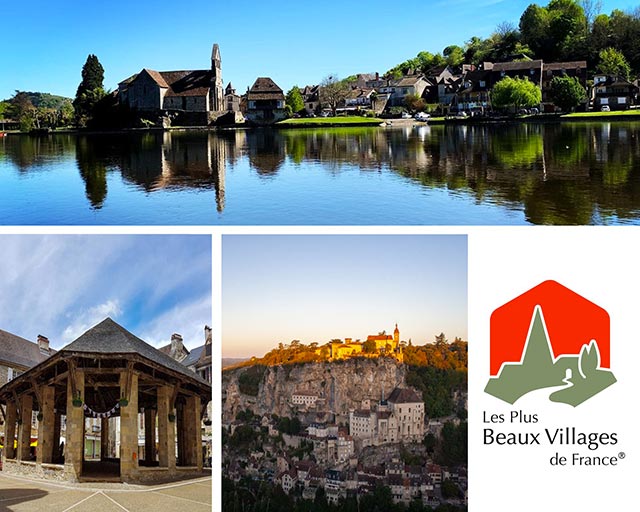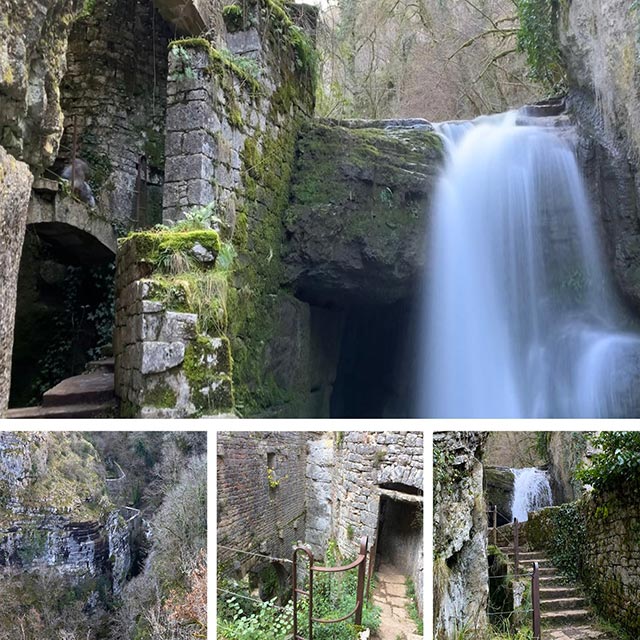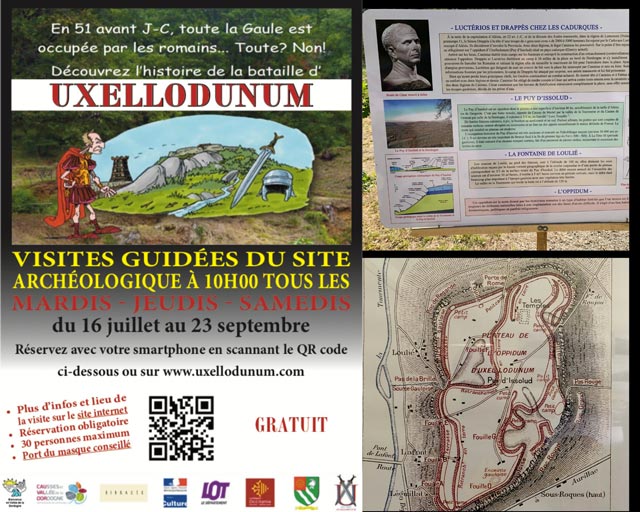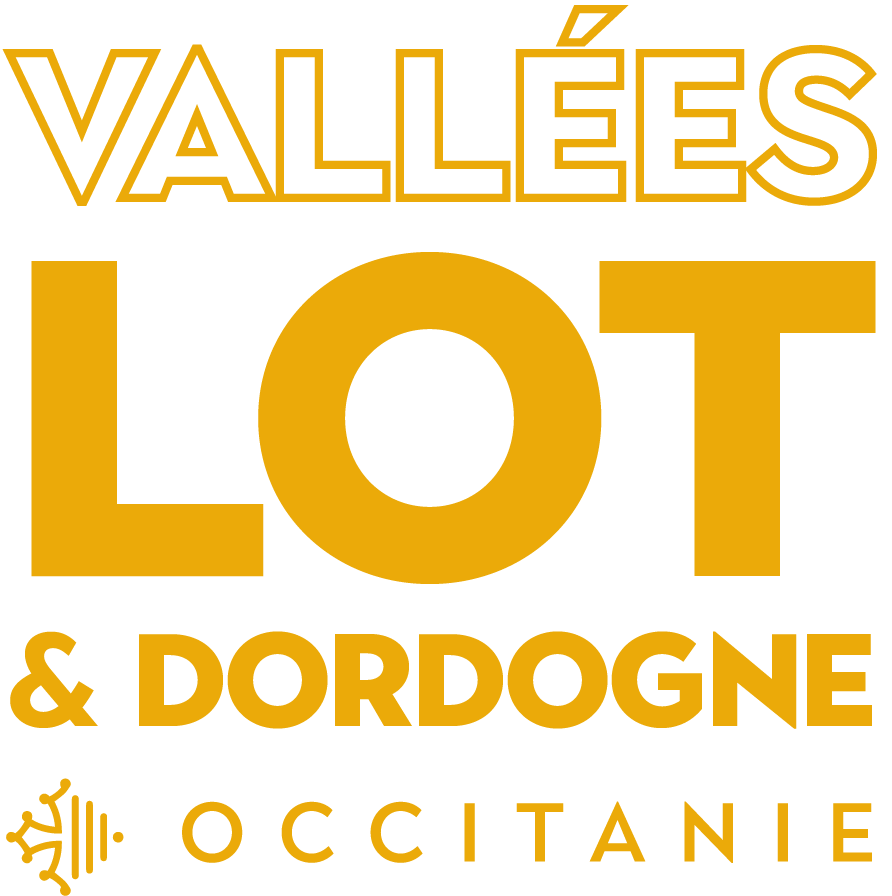And 3 more...
AMAZING!
The Moulin du Boisset is now surrounded by not 6 but 9 villages recognised as being among the "Most Beautiful Villages in France". At the start of the 2022 summer, 3 more villages have been awarded this superb distinction. Rocamadour (Lot), Martel (Lot) and Beaulieu sur Dordogne (Corrèze) join Carennac (Lot), Autoire (Lot), Loubressac (Lot), Collonges-la-Rouge (Corrèze), Curemonte (Corrèze) and Turenne (Corrèze).












